
“What do you get out of your student-staff co-created research experience?”
This was a question reflected on by the SciTech student and staff recipients of this year’s CEL Co-creation student projects. Five level H(6) students in SciTec won CEL co-creation bursaries this year to work with academic staff (Figure 1). Here we share their individual experiences and their overall reflection.
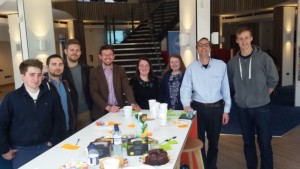
Figure 1. Faculty of Science & Technology student and staff winners of the 2015 CEL-funded Co-creation Projects. Left to right – Matthew Kidd, Tom Barnham, Dominick Jay, Kevin McGhee, Emilie Hardouin, Emma Hill, Keith Pretty, Simon Harding.
INDIVIDUAL EXPERIENCES
Project 1 – Emma Hill. LabTube – a series of video protocols for the DNA lab equipment. The aim of the co-creation project that I am involved in is to produce a series of instructive videos on the equipment (show scales and balances) within the DNA laboratory. This will allow students to remind themselves of the protocol of a specific piece of equipment and so feel confident to continue their work without needing a supervisor present every time they use something. Working on this project has allowed me to learn new skills from experienced members of staff from varying scientific backgrounds, and gain hands on experience with equipment that I wouldn’t have had much interaction with on my course. It’s great to know I’ve been able to help produce a resource to be used by students for years to come.
Academic Mentor reflection for Project 1 – Kevin McGhee. This award is yet another great initiative by BU, promoting the development of our students’ skills for future employment through projects which enhance the lab experience for all of us
Project 2 – Simon Harding. The role, contribution and management of student social media groups as part of the learning experience at BU. I worked with the Learning Technology team and my supervisor Keith Pretty as part of my co-creation project. The aim was to investigate the role of student social media groups and how they can contribute towards the student learning experience. Creation of student guidance will give students the knowledge and tools to utilise student social media groups. The solution will also make recommendations for the university when integrating social media groups. Working closely with my supervisor and the rest of the co-creation team I held data collection event with BU students to gather data on their perspectives of student social media groups. The team work helped to make the data collection event a success. Collaborative work with my supervisor has given me new skills and improved my experience which I will take with me when I finish university and pursue my career in the computing industry.
Project 3 – Matthew Kidd. Adoption and implementation of BLE Beacon technology at Bournemouth University to enhance open, collaborative learning opportunities. I worked closely with Keith Pretty and the learning technology team for my co-creation project. The aim was to investigate the feasibility for implementing a new emerging technology: BLE Beacons into the learning environment. It was identified that students are bringing their mobile devices onto campus with many intending to use them to support with studies. Yet research has found that many students find the devices a distraction with some unsure on how to effectively use them in learning. It has been discovered that whilst infrastructure and services exist little has been done to integrate them into the learning experience; BLE beacons have an opportunity to shape this. By working on a co-creation project I have had the opportunity to work with stakeholders which are critical to the deployment of new technologies, this relationship has enabled a much broader understanding for the operation of the University and has enabled me to develop new skills throughout the process.
Project 4 – Dominick Jay. iBU Student Informing Feature Development. I worked with my supervisor and the iBU technical team with the end goal being the identification and development of a feature prototype for the iBU application. This prototype was evaluated at both the initial and design stages by fellow students, and after development by the iBU team. Events took place allowing for critical feedback to be delivered from students in response to design ideas. Using co-creation this year has introduced a unique way of working, and has helped improve how I work both as a team and individually.
Project 5 – Tom Barnham. A Utility, Usability and User Experience Evaluation of the iBU Mobile Application. My co-creation project was based on a user evaluation of the iBU application, which required participants to conduct tests. Keith Pretty helped me structure my project and plan the most essential part of the project which was to conduct a user evaluation experiment. We were able to meet key contacts that could provide valuable information including the iBU development team. The client was Stuart Claw and provided useful information and always swiftly replied to emails.
Academic Mentor reflection for Projects 2, 3, 4 & 5 – Keith Pretty.
This co-creation funding has offered a fantastic opportunity to work with students on projects that have a direct influence on the learning experience, through building on our use of Technology Enhanced Learning (TEL) and the iBU mobile application. Key BU teams were brought into help shape the four projects from the outset, acting as clients for each student to work with. This has enabled the sharing and application of a wide range of skills and experience, plus the opportunity for networking between the iBU, Learning Technology, library and other teams within the university. I already work with most of these teams regularly as part of my own teaching and learning development projects, but the students have brought in new perspectives and insights into our use of TEL that have enabled the outcomes of these projects to be stronger.
I would like to take this opportunity to not only thank CEL and Tom, Simon, Dominick and Matt for creating a great learning opportunity for us all, but also the time, dedication and effort that the iBU and Learning Technology teams have put into their roles as clients to support the students. In particular, David Fevyer and Stephen Pyne from the Learning Technology team and Stuart Claw and Philip Downes from the iBU team. I have enjoyed working with everyone immensely and recommend other staff to take up future opportunities for co-creation that will be on offer.
OVERALL REFLECTIONS
The student and staff co-creators were invited to spend a few minutes of an informal, celebratory session capturing on posit notes their responses to the question “What do you get out of your student-staff co-created research experience?” (Table 1). I have colour coded some of their responses to indicate how they might match gains in all three of the spheres of learning for effective citizenship (Figure 2).
Table 1. Replies to the question “What do you get out of your student-staff co-created research experience?”. Colour codes indicate matches with spheres of learning of cognitive maturity (yellow), integrated identity (blue) and mature relationships (pink).
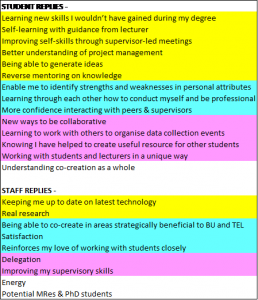
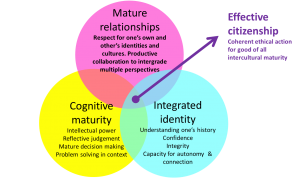
Figure 2. The core spheres of learning for effective citizenship (based on Baxter Magolda & King, 2004)
There is a growing global interest in 21st century education creating effective citizenship through fostering the underpinning personal development towards “Self Authorship” – i.e. the ability to collect, interpret, and analyze information and reflect on one’s own beliefs in order to form judgments” (Baxter Magolda, 2007). The reflections of the students and staff co-creators in the above projects suggests that research co-creation is a great way of enhancing the whole BU university learning experience and developing effective global citizenship. It is also great fun. We hope you feel inspired to get co-creating research too!
Complied by Ant Diaz, CEL theme leader for student engagement & co-creation. adiaz@bmth.ac.uk
References.
Baxter Magolda, M. B., & King, P. M. (2004) (Eds) Learning partnerships: Theory and models of practice to educate for self-authorship. Sterling, VA: Stylus
Baxter Magolda, M. B. (2007). Self‐authorship: The foundation for twenty‐first‐century education. New Directions for Teaching and Learning, 2007(109), 69-83.
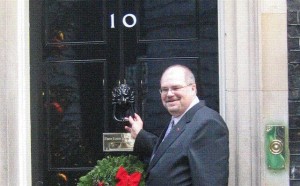

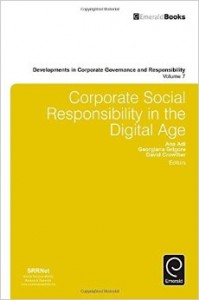
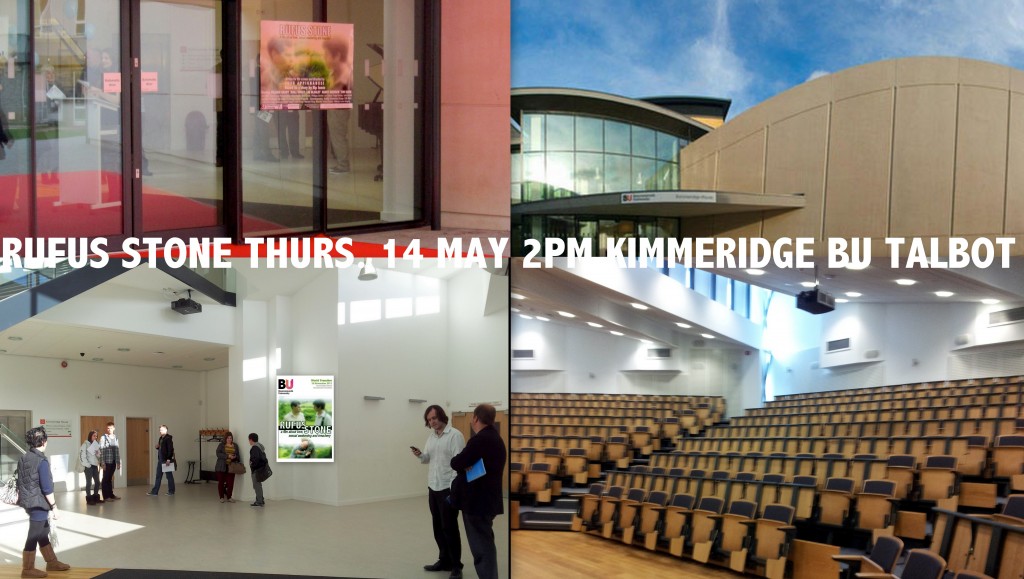


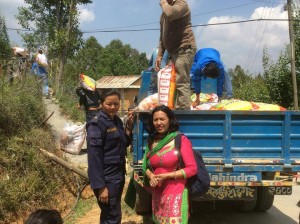
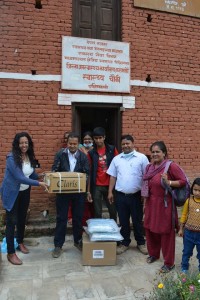
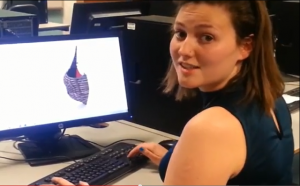
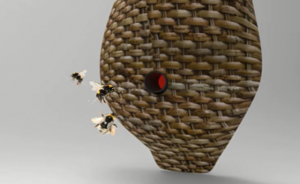
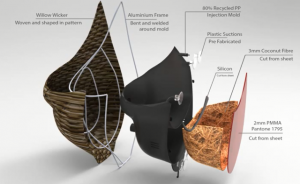
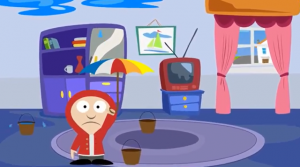
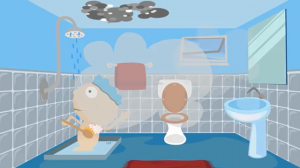
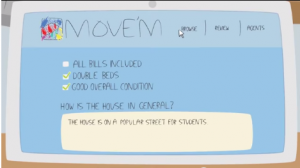
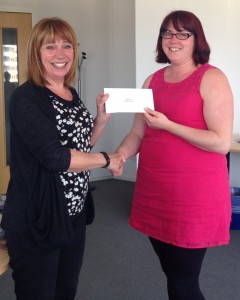
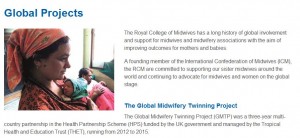













 FHSS academics teaching in Nepal
FHSS academics teaching in Nepal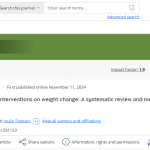 New weight change BU paper
New weight change BU paper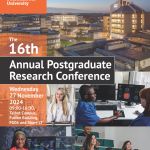 One week to go! | The 16th Annual Postgraduate Research Conference
One week to go! | The 16th Annual Postgraduate Research Conference Geography and Environmental Studies academics – would you like to get more involved in preparing our next REF submission?
Geography and Environmental Studies academics – would you like to get more involved in preparing our next REF submission?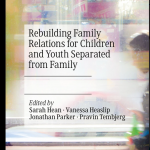 Congratulations to three former BU staff
Congratulations to three former BU staff MSCA Staff Exchanges 2024 Call – internal deadline
MSCA Staff Exchanges 2024 Call – internal deadline Applications are now open for 2025 ESRC Postdoctoral Fellowships!
Applications are now open for 2025 ESRC Postdoctoral Fellowships! Horizon Europe – ERC CoG and MSCA SE webinars
Horizon Europe – ERC CoG and MSCA SE webinars MaGMap: Mass Grave Mapping
MaGMap: Mass Grave Mapping ERC grants – series of webinars
ERC grants – series of webinars